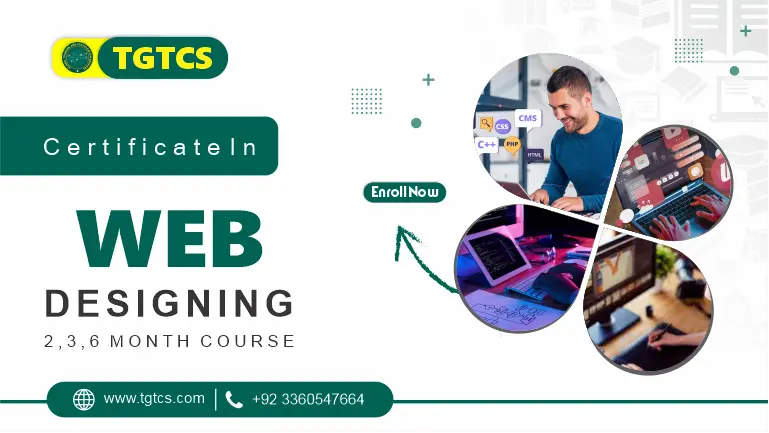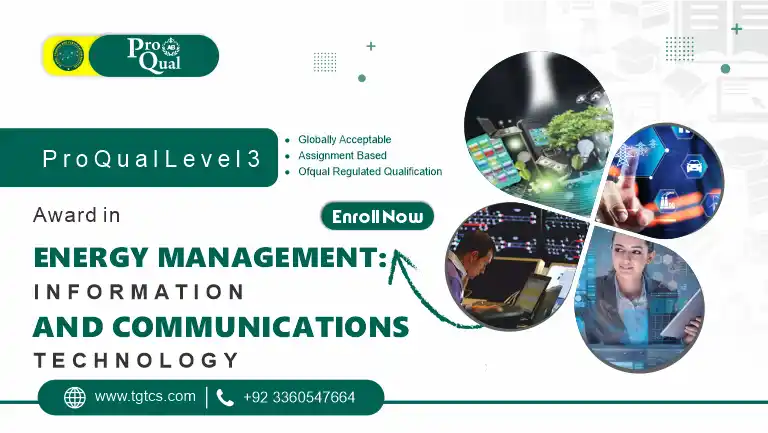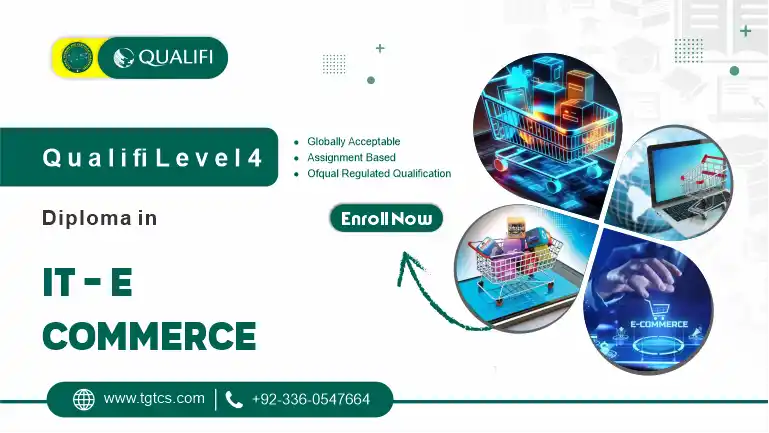Certificate in Web Designing
Take your career to new heights while enhancing workplace safety. Discover the art of fostering a secure and healthy work environment.
Unlock Your Creative Potential with Our Exclusive Web Designing Course!
Are you ready to revolutionize your career and dive into the dynamic world of web design? Look no further! Our Web Designing Course is your gateway to mastering the art of creating stunning and functional websites.
Craft Visually Striking Websites: Transform your ideas into eye-catching websites that leave a lasting impression. Learn the principles of design, color theory, and layout to create visually appealing and user-friendly web interfaces.
Hands-On Experience with Industry Tools: Get hands-on experience with industry-leading tools and software used by professional web designers. From Adobe Creative Suite to the latest web development frameworks, we’ve got you covered.
Responsive Design Mastery: Learn the ins and outs of responsive web design and ensure your websites look fantastic on any device. Elevate your skills in creating seamless user experiences across desktops, tablets, and smartphones.
Search Engine Optimization (SEO) Techniques: Unleash the power of SEO to boost your website’s visibility on search engines. Our course covers the latest SEO strategies, helping you create websites that not only look great but also rank higher in search results.
Client Collaboration Skills: Master the art of effective communication with clients. From understanding their requirements to presenting your design concepts, our course equips you with the skills needed to build lasting client relationships.
Certification for Career Advancement: Upon completion, receive a prestigious certification that showcases your expertise in web design. Stand out in the competitive job market and open doors to exciting career opportunities.
Launch Your Web Design Career Today: Whether you’re a beginner looking to start a new career or a professional aiming to upskill, our Web Designing Course is tailored for you. Join a community of aspiring designers and embark on a journey towards becoming a sought-after web design expert.
Don’t miss out on this opportunity to transform your passion into a rewarding career. Enroll now and take the first step towards creating visually stunning and functional websites!
A “Web Designing Course” is an educational program or training module that focuses on imparting knowledge and skills related to the creation and maintenance of websites. Web design encompasses a range of disciplines and skills, including graphic design, user interface (UI) design, user experience (UX) design, coding, and various technologies and tools used in web development.
Key components of a typical web designing course may include:
- HTML and CSS: These are fundamental languages used to structure and style web content. HTML (Hypertext Markup Language) is used for structuring the content on a webpage, while CSS (Cascading Style Sheets) is employed for designing and layout.
- JavaScript: This is a scripting language that enables interactive features on a website. It is often used for creating dynamic content, handling user interactions, and enhancing the overall user experience.
- Responsive Design: As more users access websites on various devices (desktops, tablets, and smartphones), it’s crucial for web designers to learn how to create designs that adapt and look good on different screen sizes.
- Graphic Design Tools: Courses may cover the use of graphic design software such as Adobe Photoshop, Illustrator, or other tools for creating visually appealing elements like logos, images, and icons.
- UI/UX Design: Understanding user interface and user experience design principles is important for creating websites that are not only visually appealing but also user-friendly and intuitive.
- Web Development Frameworks: Students may be introduced to popular web development frameworks like Bootstrap or other CSS frameworks, which provide pre-built components and styles to streamline the design process.
- Content Management Systems (CMS): Learning how to work with CMS platforms like WordPress or Drupal can be a part of a web designing course, allowing students to create and manage website content efficiently.
- Web Design Trends and Best Practices: Keeping up with current design trends and industry best practices is essential. This may include topics like color theory, typography, and accessibility.
- Portfolio Development: Many courses include a practical component where students are encouraged to work on real-world projects and build a portfolio showcasing their skills and projects.
- Client Communication and Project Management: Understanding how to communicate with clients, gather requirements, and manage web design projects is often covered to prepare students for professional work environments.
Web designing courses can vary in duration and depth, ranging from short-term workshops to comprehensive degree programs. The goal is to equip students with the skills needed to create visually appealing, functional, and user-friendly websites in line with current industry standards.
Web designing course have some benefits which are given below :
- In-Demand Skill Set:
- Web designing is a highly sought-after skill in today’s digital age. Learning web design opens up opportunities in various industries, as businesses and organizations increasingly rely on online platforms.
- Career Opportunities:
- Completing a web designing course enhances your employability. You can pursue careers as a web designer, UI/UX designer, front-end developer, or even start your own freelance business.
- Creativity Enhancement:
- Web design is a creative field that allows you to express your ideas visually. A web designing course provides you with the skills and tools to bring your creative visions to life on the web.
- User Experience (UX) Design:
- Understanding user experience is crucial in web design. A course in web designing will teach you how to create designs that are not only visually appealing but also user-friendly, ensuring a positive interaction for website visitors.
- Responsive Design Skills:
- With the increasing use of various devices to access the internet, responsive design is essential. Web designing courses often cover responsive design techniques, ensuring your websites function seamlessly across desktops, tablets, and smartphones.
- Current Industry Standards:
- The field of web design is dynamic, and standards and technologies evolve. A web designing course keeps you updated on the latest industry trends, tools, and best practices.
- Portfolio Development:
- Most web designing courses include practical projects that allow you to build a strong portfolio. A portfolio showcasing your skills and projects is a valuable asset when seeking employment or freelance opportunities.
- Coding Proficiency:
- Web designing courses often include an introduction to HTML, CSS, and JavaScript. This coding knowledge is beneficial even if you’re not pursuing a career as a developer, as it allows you to communicate effectively with developers and understand the technical aspects of web design.
- Entrepreneurial Opportunities:
- Armed with web design skills, you can venture into entrepreneurship by creating and managing your own websites or offering design services. The flexibility of working independently is an attractive aspect for many aspiring designers.
- Networking Opportunities:
- Joining a web designing course exposes you to a community of like-minded individuals. Networking with instructors and peers can lead to collaborations, job opportunities, and a supportive professional network.
- Adaptability to Industry Changes:
- The digital landscape is always evolving. A web designing course equips you with the skills to adapt to new tools and technologies, ensuring that you remain relevant in the industry over time.
In summary, a web designing course not only teaches the technical aspects of creating visually appealing websites but also provides a foundation for a fulfilling career in a rapidly changing digital environment.
Learning outcomes for a web designing course can be structured to cover a range of skills and knowledge.
Knowledge-Based Learning Outcomes:
- Understanding Web Technologies:
- Define and explain the fundamental technologies and protocols that power the World Wide Web.
- Identify and comprehend the roles of HTML, CSS, and JavaScript in web development.
- Responsive Design Principles:
- Demonstrate an understanding of responsive web design principles.
- Apply media queries and flexible grid layouts to create responsive and adaptive web pages.
- User Interface (UI) Design:
- Define key principles of effective UI design.
- Develop an understanding of user experience (UX) and its significance in web design.
Skill-Based Learning Outcomes:
- HTML and CSS Proficiency:
- Create well-structured, semantic HTML documents.
- Style web pages using CSS, incorporating best practices for maintainability and efficiency.
- JavaScript and Interactivity:
- Implement client-side interactivity using JavaScript.
- Utilize DOM manipulation to dynamically update web content.
- Responsive Design Implementation:
- Design and implement responsive web layouts that adapt to various screen sizes.
- Test and debug responsive designs across different devices and browsers.
- UI/UX Design Implementation:
- Apply design principles to create visually appealing user interfaces.
- Develop wireframes and prototypes to enhance user experience.
Project-Based Learning Outcomes:
- Portfolio Development:
- Build a professional web design portfolio showcasing a variety of projects.
- Demonstrate the ability to articulate design decisions and problem-solving strategies.
- Collaborative Web Design:
- Work collaboratively on a group web design project, demonstrating effective communication and teamwork.
- Integrate version control systems (e.g., Git) for collaborative development.
Evaluation and Problem-Solving:
- Critical Evaluation of Web Designs:
- Critically evaluate and analyze existing web designs based on usability, accessibility, and design principles.
- Provide constructive feedback to peers for continuous improvement.
- Problem Solving in Web Development:
- Identify and troubleshoot common issues in web development.
- Develop the ability to research and implement solutions to new challenges.
Professional Development:
- Stay Current with Web Design Trends:
- Demonstrate an awareness of current trends and emerging technologies in web design.
- Engage in continuous learning to stay updated with industry best practices.
These learning outcomes provide a comprehensive framework that covers both theoretical knowledge and practical skills, ensuring that students are well-equipped to design effective and user-friendly websites.
The Ideal Learner’s Guide to Web Designing Course
Introduction:
Embarking on a journey to master web designing is an exciting endeavor, and to make the most of your learning experience, it’s essential to adopt the mindset of an ideal learner. Whether you’re a beginner or looking to enhance your skills, this guide will provide you with valuable insights and tips to ensure a successful and fulfilling web designing course.
- Curiosity is Key:
- The ideal learner possesses an insatiable curiosity. Approach each lesson with an eagerness to explore new concepts and technologies in web design. Ask questions, seek understanding, and don’t be afraid to delve into the “why” behind each design principle.
- Build a Strong Foundation:
- Establish a solid understanding of the fundamentals. Take the time to grasp HTML, CSS, and JavaScript thoroughly. These languages form the backbone of web design, and a strong foundation will make advanced concepts more accessible.
- Practice Regularly:
- Web design is a skill that improves with practice. Apply what you learn by working on real-world projects. Whether it’s designing a personal portfolio or contributing to open-source projects, consistent practice will hone your skills and build your portfolio.
- Stay Updated with Industry Trends:
- The ideal learner remains abreast of the latest trends and technologies in web design. Follow industry blogs, attend webinars, and participate in online communities. This proactive approach ensures that your skills remain relevant in a dynamic and ever-evolving field.
- Embrace Design Principles:
- Understand the principles of design, such as balance, contrast, and unity. Apply these principles to create visually appealing and user-friendly websites. A successful web designer combines technical skills with a keen eye for aesthetics.
- Seek Constructive Feedback:
- The ideal learner is open to constructive criticism. Share your work with peers, mentors, or online communities and welcome feedback. Embracing feedback is crucial for personal and professional growth, helping you refine your designs and identify areas for improvement.
- Collaborate and Network:
- Connect with fellow learners, professionals, and mentors in the web design community. Collaborate on projects, attend meetups, and participate in online forums. Networking not only broadens your perspectives but also opens doors to new opportunities.
- Adaptability is a Strength:
- Web design is an ever-evolving field with new tools and techniques emerging regularly. The ideal learner embraces change and is adaptable. Be willing to explore new design trends, tools, and methodologies to stay at the forefront of the industry.
- Attention to User Experience (UX):
- A successful web designer prioritizes user experience. Learn to empathize with users, understand their needs, and design interfaces that are intuitive and user-friendly. A focus on UX sets apart a good designer from a great one.
- Stay Passionate and Persistent:
- Lastly, maintain your passion for web design. The learning journey may present challenges, but persistence is key. Celebrate small victories, stay motivated, and remember that continuous learning is an integral part of being a successful web designer.
In conclusion, the ideal learner approaches a web designing course with a combination of curiosity, dedication, and adaptability. By building a strong foundation, practicing regularly, embracing feedback, and staying connected with the web design community, you’ll not only master the technical aspects but also develop a keen sense of design that sets you apart in this dynamic and creative field.
Mandatory Unit
- Introduction to Web Design
- Graphic Design for the Web
- Intermediate Web Design
- Advanced Web Design Techniques
- Web Design Tools and Workflow
Course Overview
Duration
2 to 6 Months






